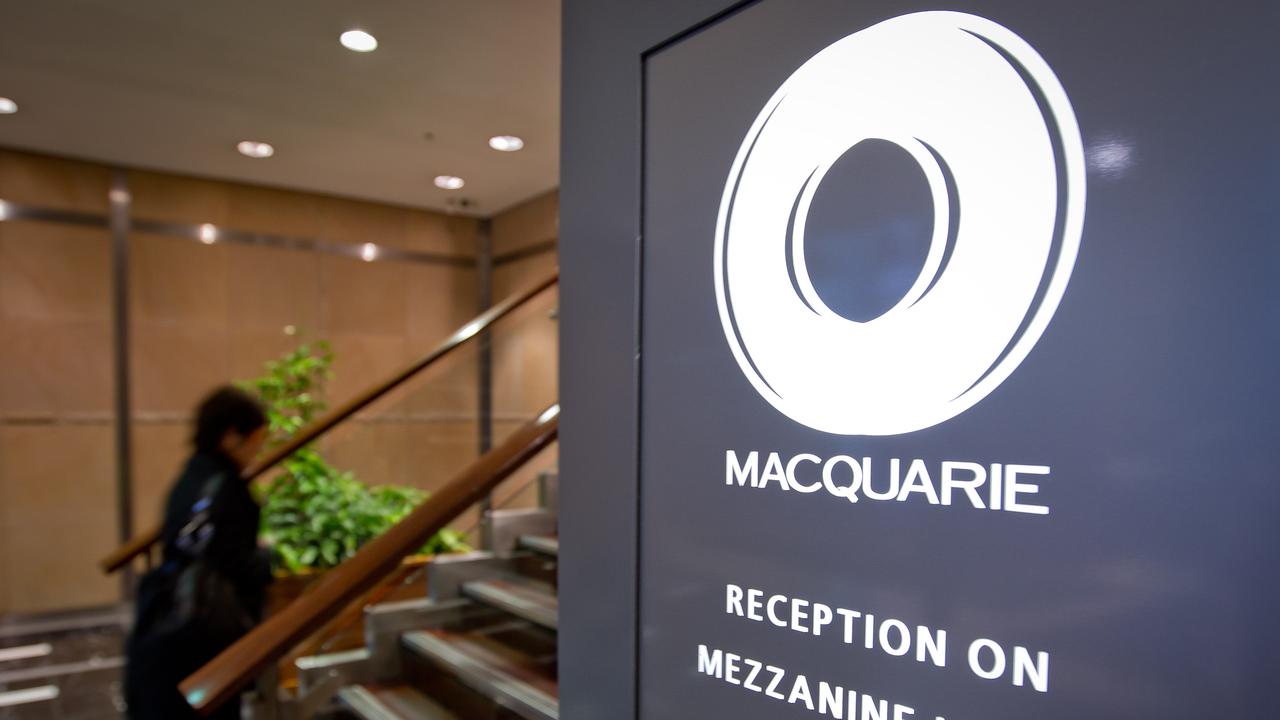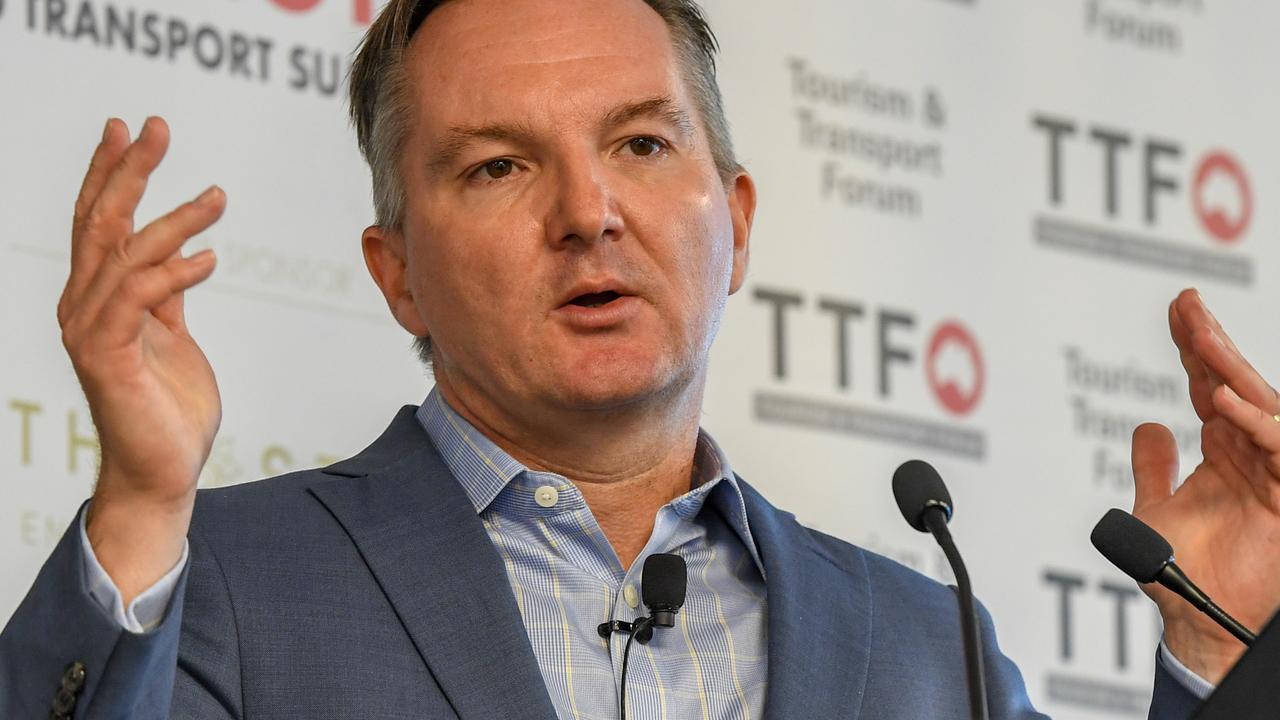
BHP shareholders have every reason to be concerned at the escalating claims following the Brazilian tailings dam collapse.
It now could be a $US10 billion disaster and of the three companies involved, the Big Australian, BHP, is the only one with the resources required to cover amounts of anything like that level.
It’s no wonder overseas institutions have been fleeing BHP shares, sending the total group market capitalisation down from around $US89bn to $US72bn since the disaster.
In events like the Samarco tailings dam breach, the so called “ambulance chasers” (including governments) naturally look at the legalities first, but then usually concentrate on the party that has the most money.
Currently leading the chase for money is the Brazilian government, which has claimed $US5.2bn from the owner of the mine, Samarco, and its two 50 per cent shareholders Vale and BHP.
But as the vast tonnages of sludge reach the Atlantic Ocean, you can be certain that other claimants and further Brazilian government claims will follow, which is why I suspect the final damage/compensation claims will exceed $US10bn.
I emphasise that in strict legal terms, BHP is merely a 50 per cent shareholder in Samarco with limited board representation, so it should have no liability other than writing off its investment.
But BHP has already moved outside the strict corporate shield on humanitarian grounds. And in the “ambulance chasing” game, for those seeking the money, there are few rules. The letter of the law soon becomes academic.
Let’s look at the broad financial position of Samarco, Vale and BHP.
The BHP accounts reveal that the BHP carrying value of its Samarco shares is about $US1bn. That asset will need to be written off. And in 2014-15, Samarco contributed $US371m to BHP’s operating profit, compared to $607m the year before. This was a very profitable mine.
But over the past two years, almost all the operating profit of Samarco was paid out in dividends. That left Samarco in a very highly leveraged state in a falling iron ore market — something that may become an important issue in future court cases.
According to the BHP accounts, Samarco’s total assets had a book value of $US7.36bn. Those assets were funded $6.1bn by liabilities and only $1.26bn by shareholders’ funds. BHP and Vale therefore had an equity of just $US632m each which, in the case of BHP, was increased to the June 2015 balance sheet carrying value of just over $1bn by various accounting adjustments.
Clearly the Samarco company is the prime group responsible for financial compensation. But as can be seen from the above figures, it does not have the money. And if the mine does not resume operations, most of that $US7bn in Samarco assets becomes worthless. The only way Samarco can pay substantial damages or cover reparation costs is if it can borrow more money (highly unlikely) or if its shareholders inject more money.
In Brazil, they mainly blame BHP’s co shareholder Vale for the disaster and its head office has been disfigured. Vale is a listed Brazilian company once owned by the Brazilian government, which retains a voting presence.
Vale has some $US26bn in borrowings while the market value of its shareholders’ funds is now around $US17.5bn and falling. As Stephen Bartholomeusz explained, the company is being hit by the lower iron ore prices partly as a result of the high production of its Samarco partner, BHP.
The high levels of damages and compensation being talked about by the “ambulance chasers” would stretch Vale in a low iron ore price environment. That leaves BHP as the company with the money. It has borrowings of around half that of Vale and, even after the big sharemarket fall, the market value of BHP’s shareholders’ funds is four times Vale.
BHP has been very careful to underline that its role has been to help Samarco cover the costs and not to meet the costs itself. And it sees its obligation as helping to Samarco as a co-contributor with Vale. If successful, that strategy limits BHP’s exposure. Maybe that is how it will turn out. But if Vale can’t or won’t make the required contributions and Samarco collapses, then it’s the party with money that is most vulnerable.




